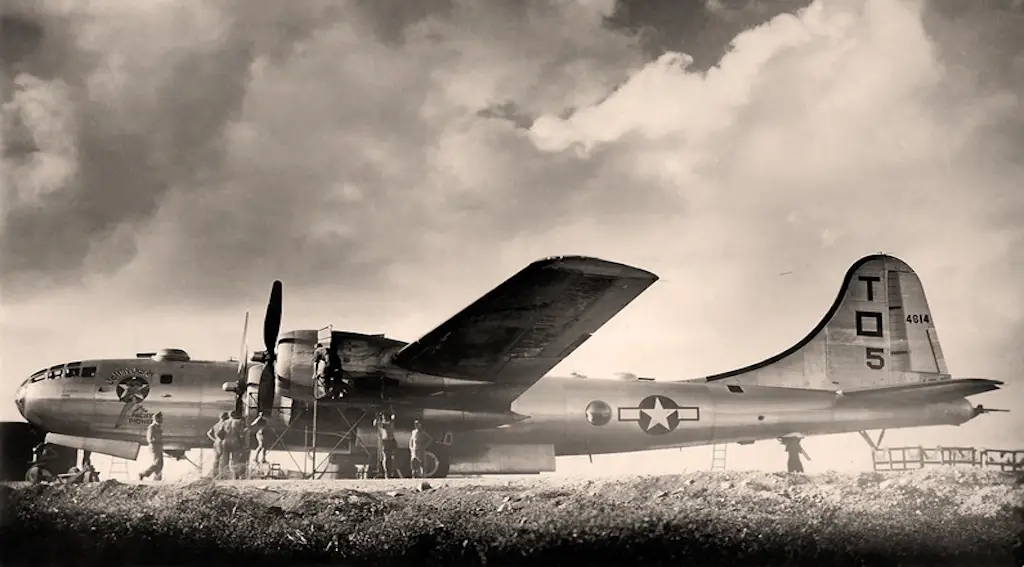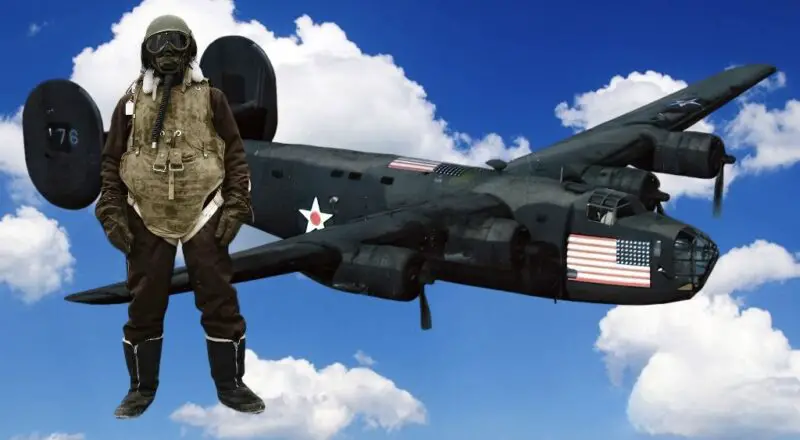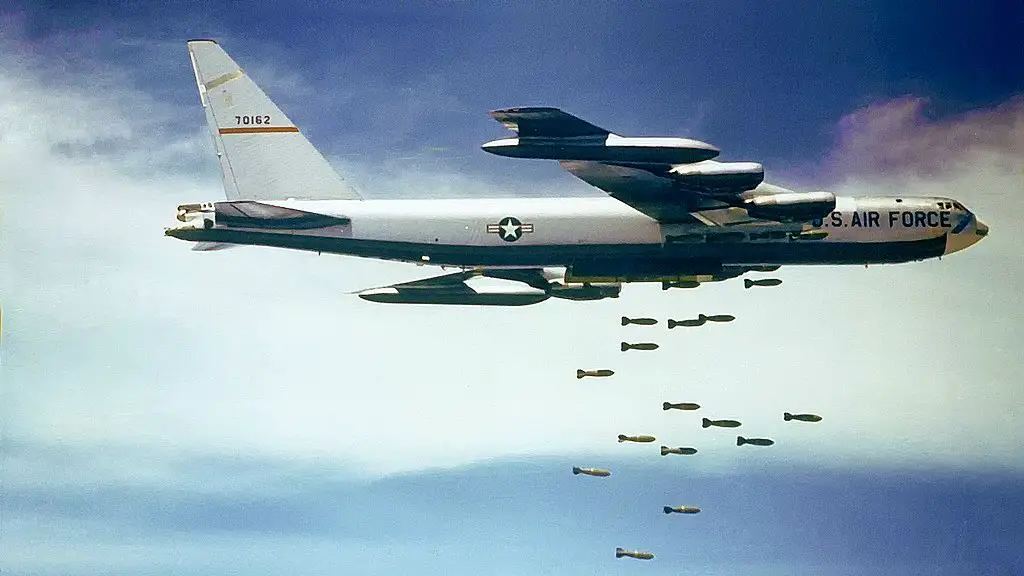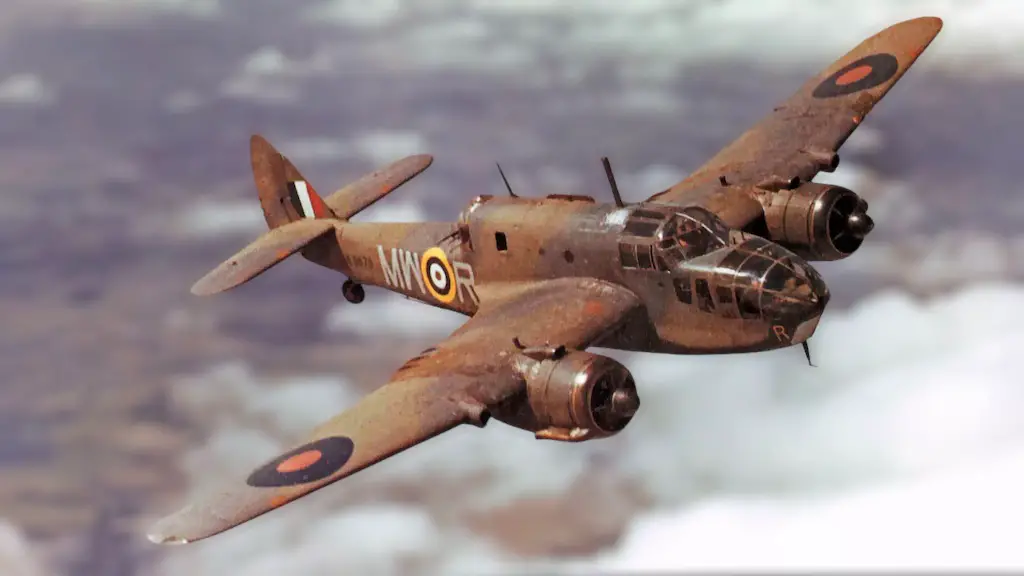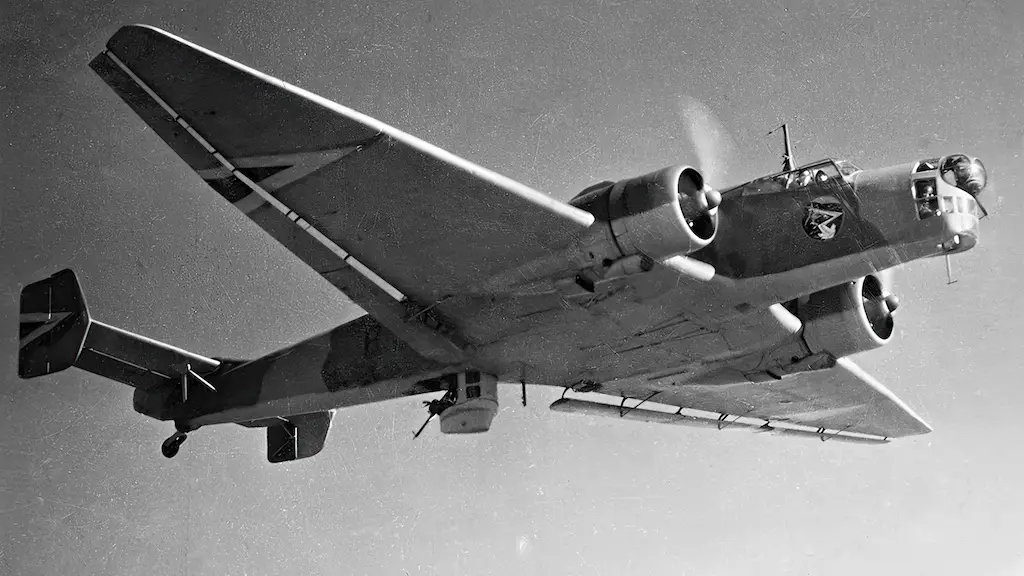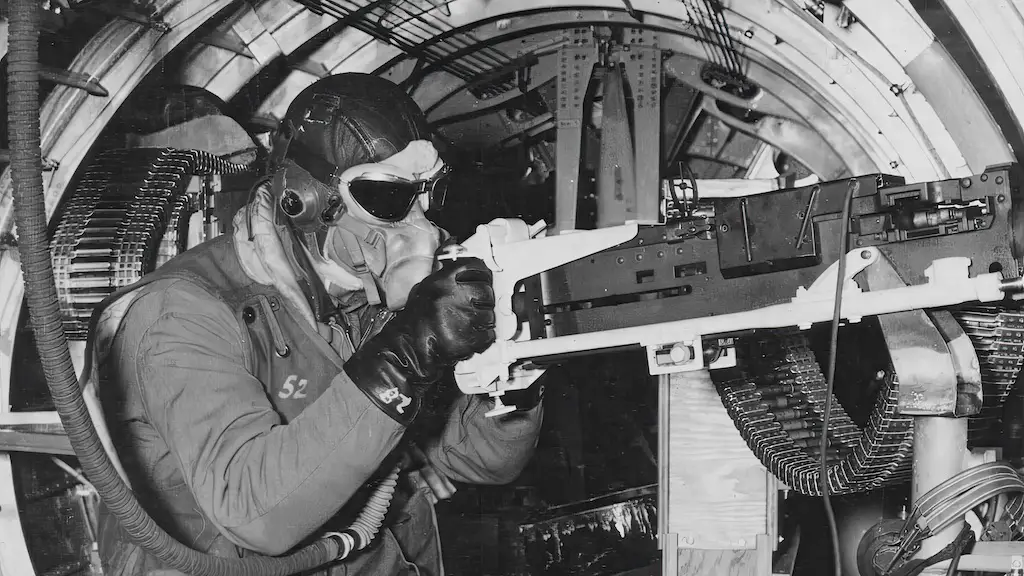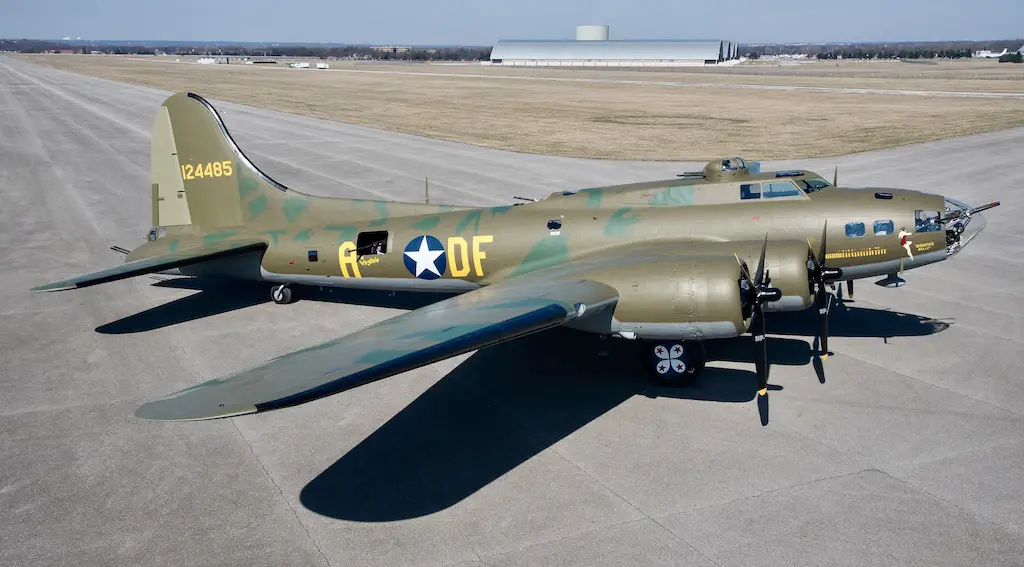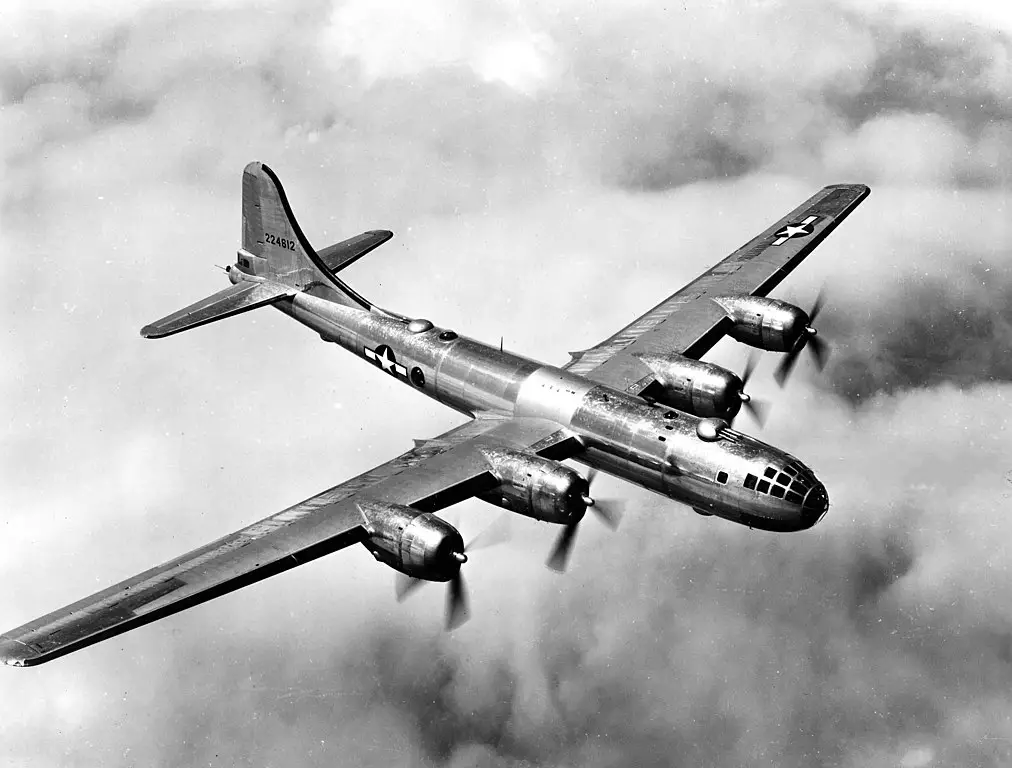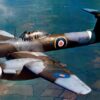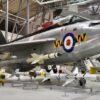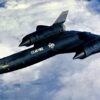Throughout WWII, a lot of planes were lost in the Pacific Theatre. Researchers with the National Oceanic and Atmospheric Administration (NOAA) recently became interested in these Aircraft graveyards of the pacific and are conducting a search to detect what remains of these planes.
The researchers prioritize a particular aircraft B-29 Superfortress known as “Joltin’ Josie the Pacific Pioneer.” It was the first B-29 to enter the Pacific Theater as part of Mission 51, during which 121 bombers were sent “to attack Nakajima aircraft plant” in Tokyo.
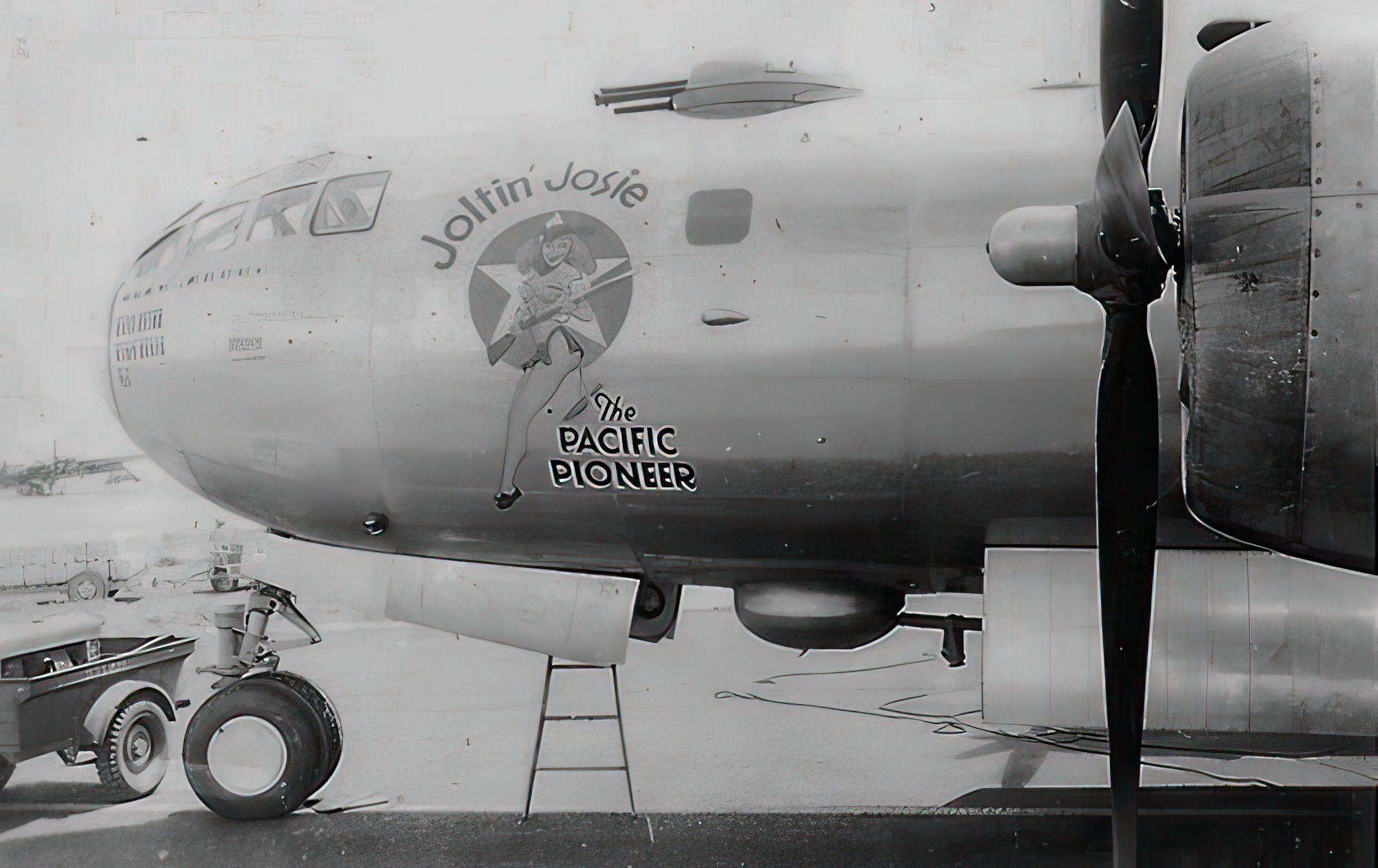
On April 1, 1945, the plane burst into flames mid-flight shortly after taking off; no one on board survived. The final resting place of this aircraft is yet unknown. Still, the team behind the search operation is planning to use shipboard systems and a REMUS 600 autonomous underwater vehicle in an effort to find it.
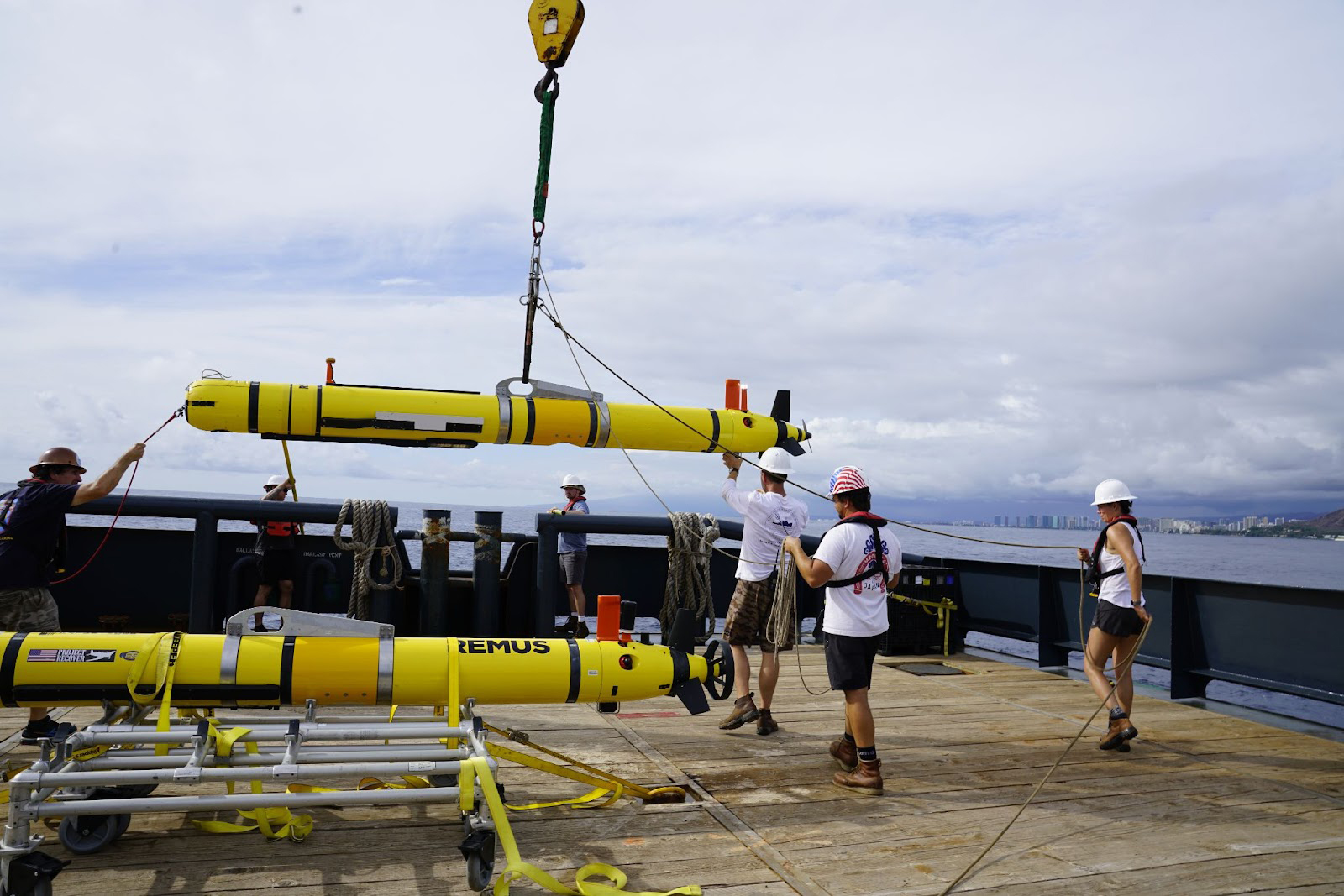
However, years under the corrosive ocean waters and the fact that most of those planes met a violent end means these aircraft won’t be found in the best condition.
According to NOAA: “There were numerous discussions about which of several targets we should examine. Crash reports were pretty clear about how most of the planes that ditched or crashed off Tinian broke apart or even exploded. Additionally, wreckage that has been on the bottom for 70 years does not necessarily look like pieces of an airplane on a sonar image.”
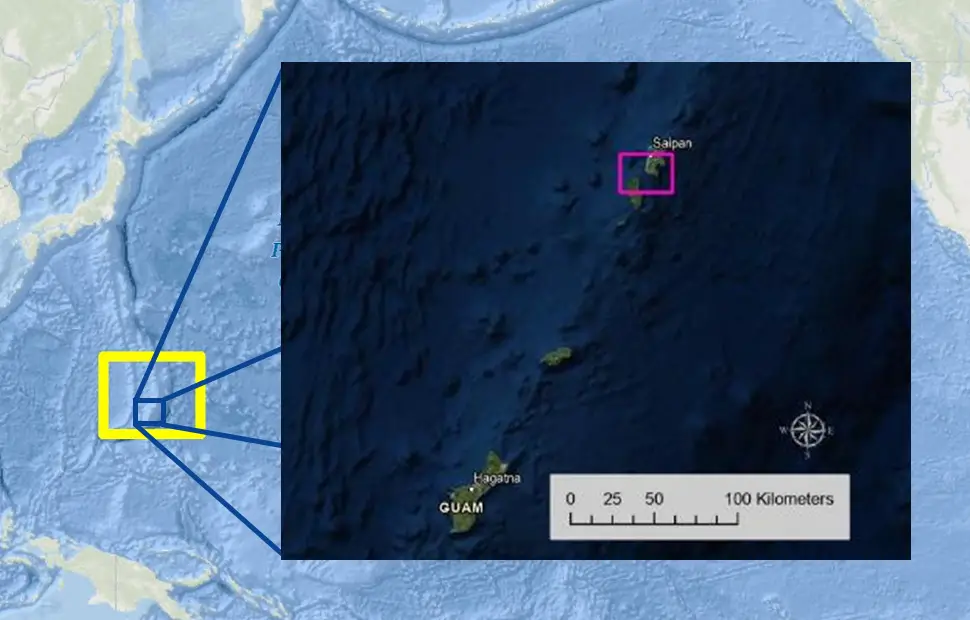
The location of one of the downed B-29s has been known since 2016. The researchers accidentally discovered the plane while investigating “sonar anomalies” when they came across the Superfortress, which appeared to be “in fairly good shape.” At the time, no further effort was made to explore the site due to poor weather.
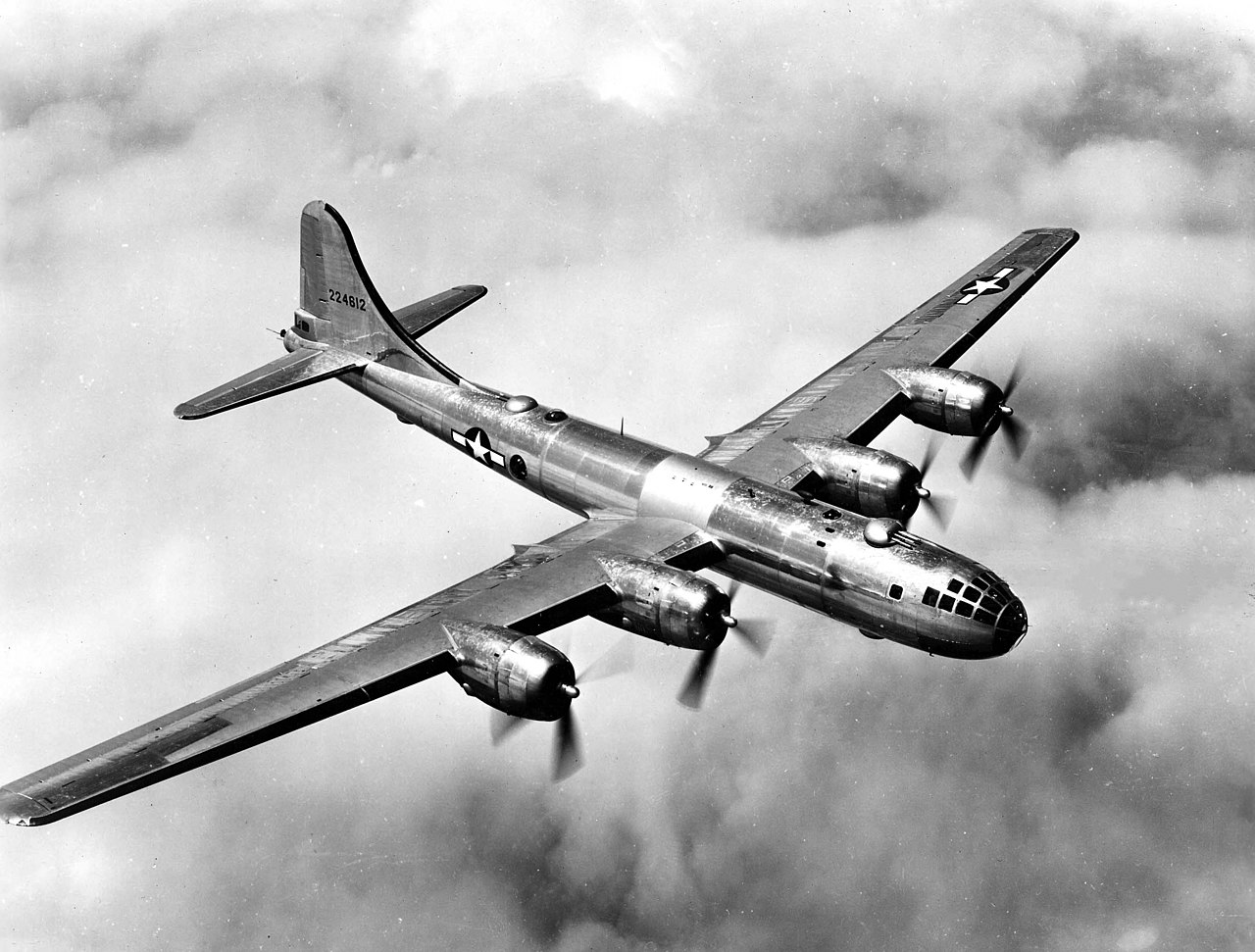
The current plan is to document the site, after which plans will be made for “site management and preservation” and to “advance the efficiency, accuracy, and cost-effectiveness of deepwater archaeology and promote increased awareness of maritime heritage through technologies that make underwater sites remotely accessible.”

